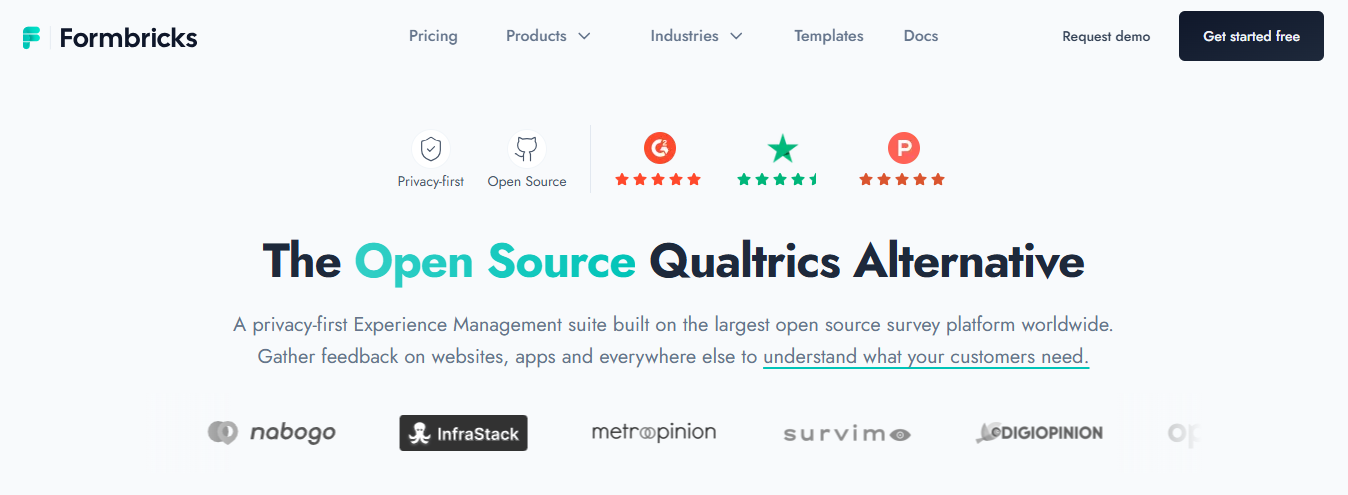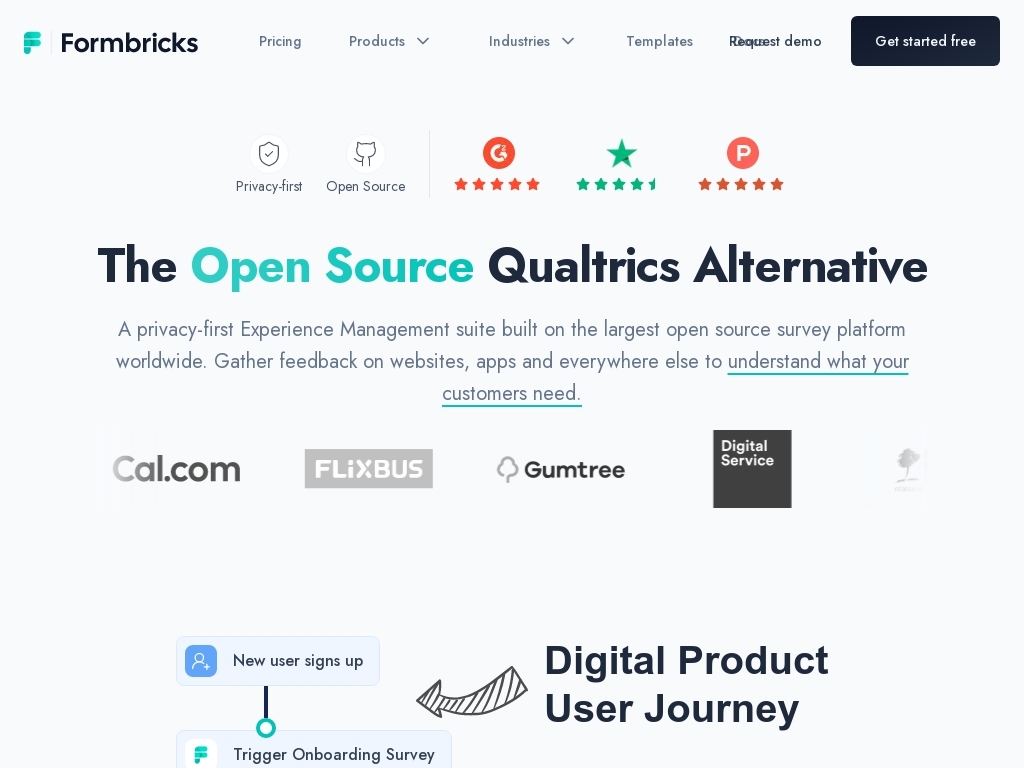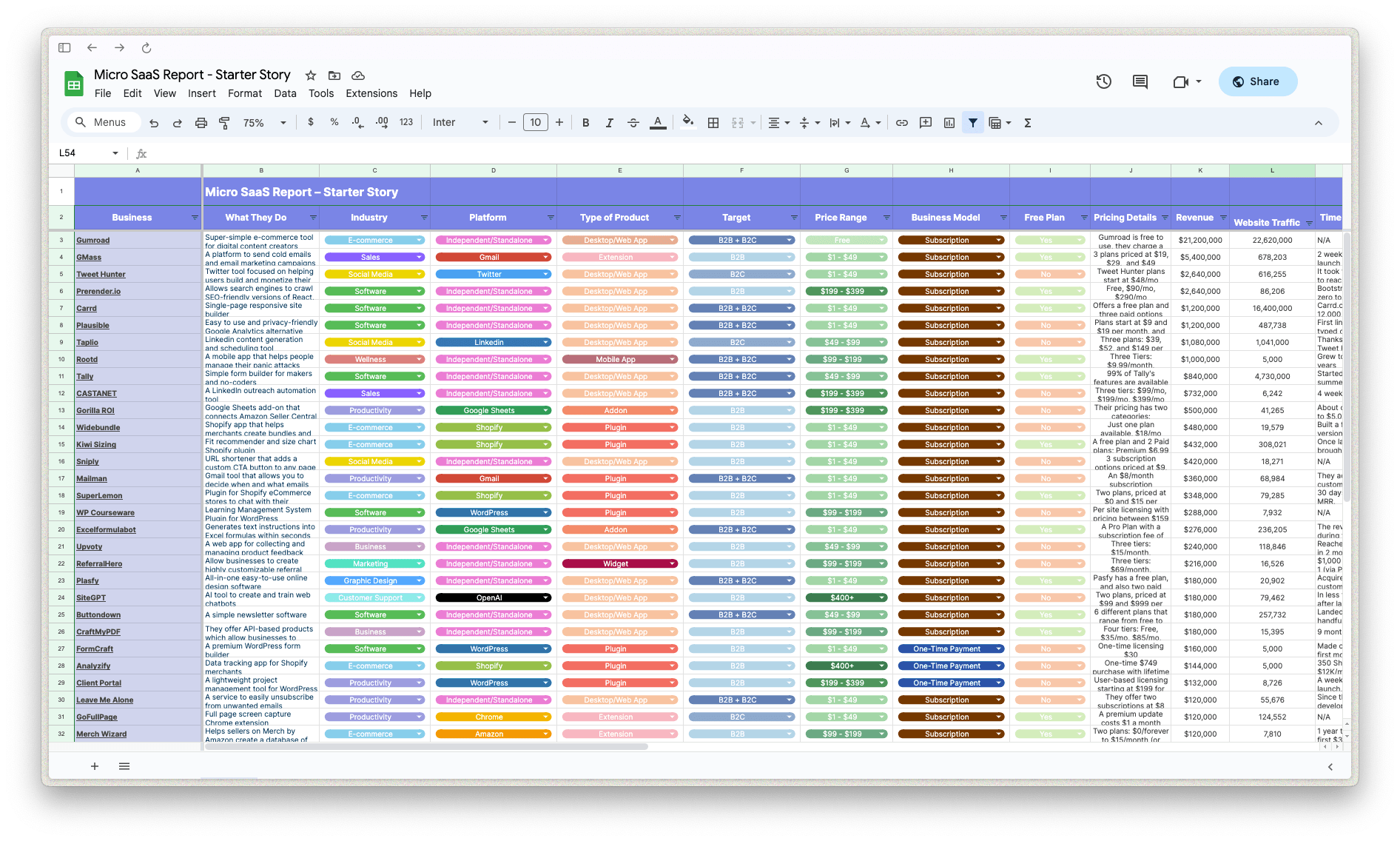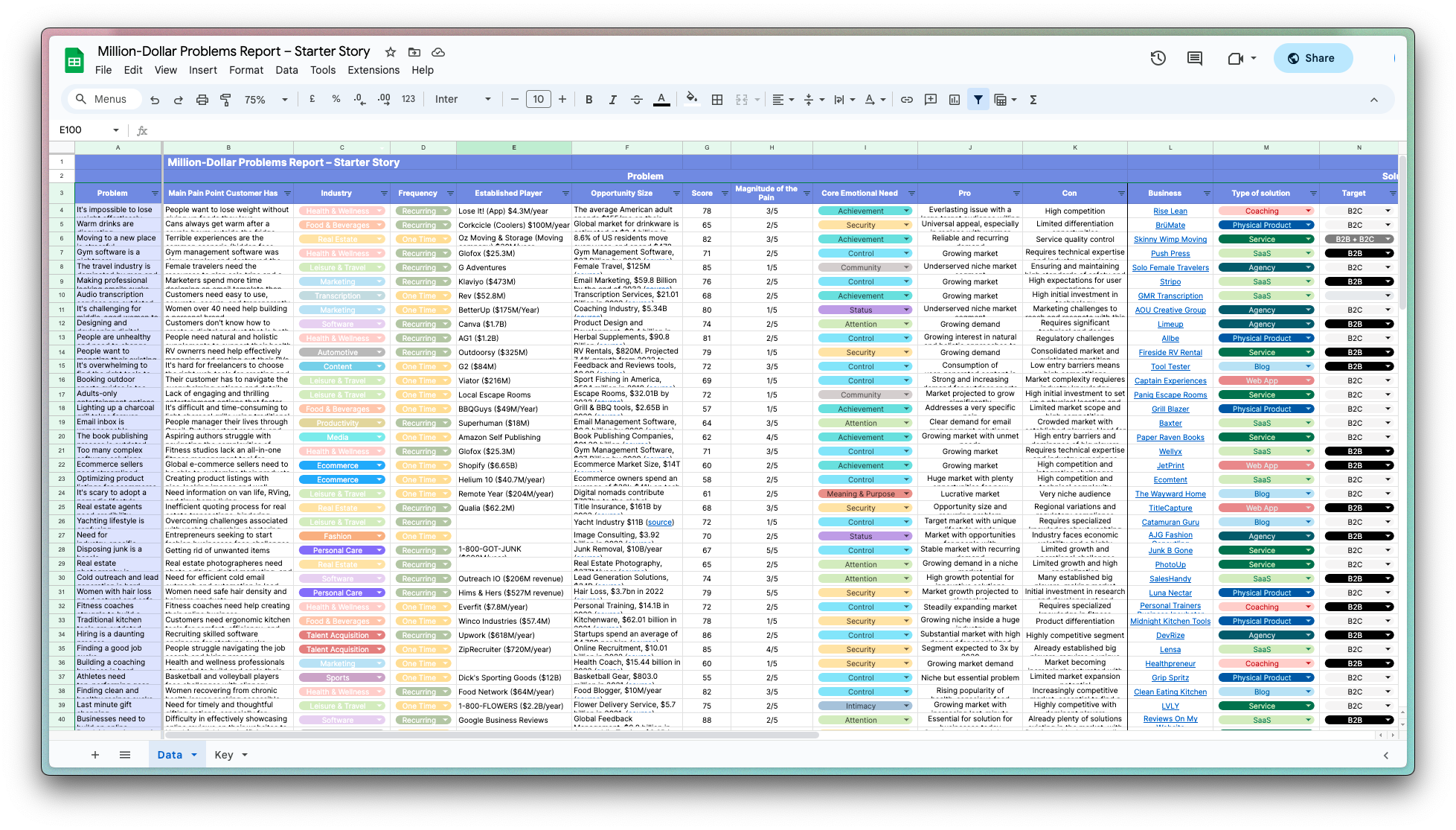How Formbricks Grew to 500+ Survey Responses in Hours [Open-Source]
Who is Matti Nant?
Formbricks was co-founded by Johannes Dancker and Matti Nant. Johannes previously developed a consumer app and responded to open-source opportunities, while Matti experienced a market shift with his startup during COVID-19; their shared interests in surveys and data management led them to start Formbricks together.
What problem does Formbricks solve?
Formbricks solves the problem of collecting and managing survey data with an emphasis on privacy and self-hosting, making it a go-to option for businesses worried about data security.

Formbricks Homepage

Disclaimer: The initial draft of this article was compiled by the Starter Story team based on publicly available interviews, podcasts, and other content from the founder. See the sources we used here.

Download the report and join our email newsletter packed with business ideas and money-making opportunities, backed by real-life case studies.

Download the report and join our email newsletter packed with business ideas and money-making opportunities, backed by real-life case studies.

Download the report and join our email newsletter packed with business ideas and money-making opportunities, backed by real-life case studies.

Download the report and join our email newsletter packed with business ideas and money-making opportunities, backed by real-life case studies.

Download the report and join our email newsletter packed with business ideas and money-making opportunities, backed by real-life case studies.

Download the report and join our email newsletter packed with business ideas and money-making opportunities, backed by real-life case studies.

Download the report and join our email newsletter packed with business ideas and money-making opportunities, backed by real-life case studies.

Download the report and join our email newsletter packed with business ideas and money-making opportunities, backed by real-life case studies.










